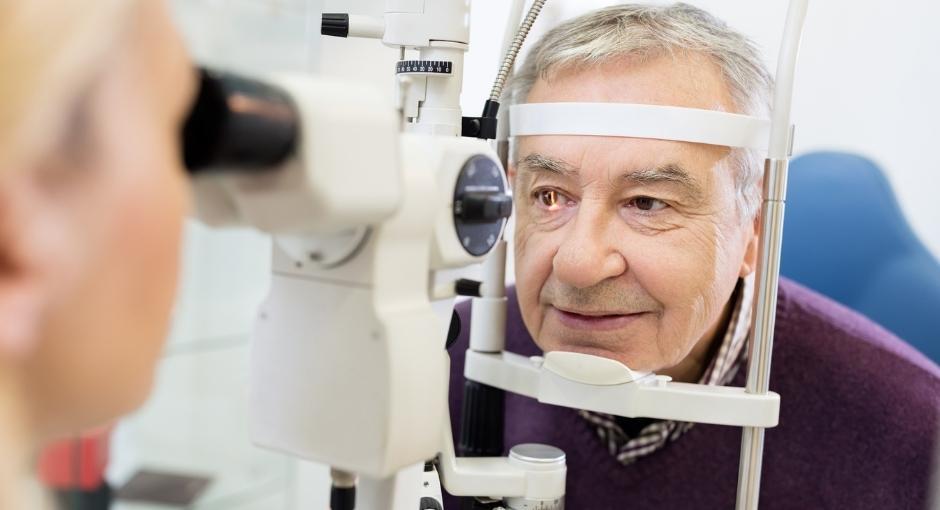Vision Changes

As we grow older, it is normal to experience age-related eye problems. These changes are often unrelated to Parkinson's disease (PD). If you are having vision problems, it is important to visit an ophthalmologist for a full examination.
Parkinson’s-related Vision Changes
- Double vision can often occur because the eye muscles have trouble working together, especially to see up close (convergence insufficiency). Special prism glasses can often correct this.
- Dry eye due to decreased blinking is associated with PD and can cause blurry vision.
- Blurry vision can also be caused by PD medication, especially anticholinergics (such as trihexyphenidyl/Artane® or benzotropine/Cogentin®).
- Trouble reading can occur because the eye movements necessary to follow the lines of a page are slowed and have trouble starting (similar to gait freezing in the legs). Try blinking to change eye position. Levodopa can often help.
- Trouble voluntarily opening the eyes, known as apraxia. Treatments include "lid crutches" or botulinum toxin injections.
Some people with Parkinson's report that their vision loses sharpness as their disease progresses. Difficulties related to the eyes and vision often progress alongside other PD symptoms.
Tips for Managing Vision Changes
Taking part in an active lifestyle — moving and looking around, exercising and engaging with people — is important to eye health. It can boost blinking and minimize dryness. Be mindful of too much television or screen time, which can worsen dry eyes.
- See your ophthalmologist regularly for an eye examination.
- Get two pairs of glasses, one for distance, one for reading. This may be better than bifocals. If you have double vision, ask your ophthalmologist if prescribing prism glasses can help.
- Apply warm, moist compresses for eyelid irritation.
- Use artificial tears to moisten dry eyes.
- Consider adding a neuro-ophthalmologist to your medical care team. This is a specialist, either an ophthalmologist or a neurologist, who has additional training in diagnosing and treating eye and vision problems associated with PD and other neurological diseases.
Uncommon Vision Conditions
It is not common for people with PD to experience involuntary spasms closing the eyes, but it does occur in some cases. This phenomenon is known as blepharospasm. "Blepharo" refers to the eyelid, and "spasm" is defined as an uncontrollable muscle contraction.
The reason for involuntary eyelid closure in a person with PD can be difficult to diagnose because there are many other conditions that can cause involuntary eye closure. These conditions can occur unrelated to PD. They include:
- An inflammatory eye condition due to an infection or an allergy
- Dry eyes
- Damage to the surface of the eye
- Ptosis (when a person's eyelid appears to be drooping). It can be caused by muscle weakness, nerve damage or looseness of the eyelid skin, as in normal aging.
- Other conditions
If eyelid closure due to blepharospasm remains a problem after medications have been optimized (optimizing your medications refers to a process in which you and your doctor work to find the medication regimen from which you derive the greatest benefit), then injection of botulinum toxin (often referred to as Botox®) every three months in the muscles around the eyelids has been found to be effective.
Page reviewed by Dr. Addie Patterson, Movement Disorders Neurologist at the Norman Fixel Institute for Neurological Diseases at the University of Florida, a Parkinson’s Foundation Center of Excellence.
Related Materials
Related Blog Posts

How to Spot Parkinson’s Vision Changes

Non-motor Symptoms: What's New? Part 2
